If the family has a fan of sharp peppers, then you should land it right on the windowsill. Pepper is suitable for any dish, and the hostess will rejoice in a bright green bush, decorated with red fruits. Read about how to grow and care for pepper lights, read in our article.
Pepper room light - variety description
Pepper of the light is a perennial who, with proper care, provides a family more than 50 pods of peppers. The fallout of the light is produced in February, and at the end of September, the first fruits are removed from the bush.
Outdoors, the pepper bush reaches 1 meter in height, grown on the windowsill, the punch is only 30 cm. The bush is compact, during the fruiting period is covered with fruits.
Gorky Pepper Locker Shipping Technology
It is best to grow light from the end of February to the first half of March, while sitting in the seeds to the ground. The first warm sunshine pepper should germinate and step over the age of mini-greenhouse.
Substrators for growing room pepper
No heavy soil is suitable for the punch, which is added part of the sand for looshes. The most well-established substrate mixed in such proportions:
- Sheet and hardening land, peat 1 part.
- Sand ¼ part of the mass.
You can also use nutrient soil stacked from the greenhouse, but it is also diluted with sand. If the landing is produced into a special soil, then you can buy a mixture for peppers, tomatoes or eggplants.
Planting Peppers Spark in Soil
- Seeds are sown in a deep pot, so as not to dive them after sprouting, you can do with small pots or plastic cups. At the bottom of the pots, drainage from the ceramzit or pebbles are falling asleep, from above - nutrient soil.
- Seeds are laid out on the surface of the soil, slightly blowing them by 0.5 cm. After that, the soil is moistened from the spray gun, covered with a film and send to the warm place. Within 2 days after 2-3 days, the film is removed and watered with the soil, and after the first shoots appear, peppers are moved to a privided windowsill.
- Further transplants produce in the spring, transplancing pepper into a new soil.
- When the first 2 leaflets of peppers appear, bushes should be transplanted into large pots of 1.5 liters. In principle, the light does not need a huge pot, the latter is required for the decorativeness of the bush.
Temperature and lighting for indoor pepper
In the first six months of life, peppers exhibit on the southern windows, as he loves light very much. For a comfortable increase in peppers, the temperature is not lower than +22 s, in winter it provides additional lighting.
In the perfect version, the pepper should receive light 12 hours a day, so the lamp with a blue-purple light is installed above it. In winter, in order to avoid pepper pain, the battery is covered with a towel.
Humidity and watering room pepper
In the summer, the pepper needs high air humidity, it is worth spraying a spray from the sprayer. Watering is carried out as the upper layer of soil drying.
Feeding and fertilizer for indoor pepper
Speaking about how the bedroom pepper can be fertilized, it is worth mentioning complex fertilizers with a note "for pepper". They are brought into the ground every 2 weeks. The best pepper perceives mineral fertilizers:
- Solver.
- Kemira-suite or wagon.
- Nitroposka.
1 tbsp. l. These fertilizers dissolve in 5 liters of pure water, the fertilizer is entered into the ground, and not in the pallet under the pot.
The pepper reacts well to the organic, so at least 1 time per month makes a solution of fertilizer based on a cowboat and avian litter.
Additional pollination of the pepper
Room care of the light will be more effective if they have artificial pollination. The fruits on the bush tie quite well, but if you point to tolerate pollen, then you can increase yields by 30-40%.
Room Pepper Diseases caused by improper care
The light is an unpretentious plant, and most of its disease caused by improper departure:
- Range system rotes provokes water overflow and high air temperature in the room. The solution to the problem will be digging pepper, peason roots and a bush transplant to a new soil. Water before watering insist so that it is room temperature. Watering with cold water - stress for the plant, and it can even reset the leaves.
- Paging of the central root during dive harms a light. The consequence is the absence of color and fruiting in the current season.
- Pepper is a natural pest repeller. If there appeared ticks or trouble on it, then do not hurry to throw away the pot. The pests fall on pepper from neighboring plants or streets, and to combat them you need to crush a few peppers, insisted in water in water for 3 days. After this time, the water is filtered, mixed with soap and spray pepper bush.
- The web tick can also be destroyed by pepper influence, or apply insecticide phytodeterm. The latter is recommended for home use and is absolutely safe.
- When moving a vase from a window sill, a balcony or greenhouse pepper drops the leaves, which indicates insufficient lighting. In this case, an additional light illumination is required. If you do not want to highlight, you can cut a bush radically. When trimming, shooting is cut into 1/3 of part, stopping intense watering. In this case, flowering in February will not.
- Changing the color of the leaves also indicates a lack of light.
- The absence of flowering and a non-vintage is a "symptom" of the use of a large number of fertilizers, which contain a high percentage of nitrogen.
Summing up, it must be said that the pepper of the light is unpretentious, useful decorative homemade culture. Of all the varieties of fine pepper for the windowsill, it shows the best results on fruiting and endurance.

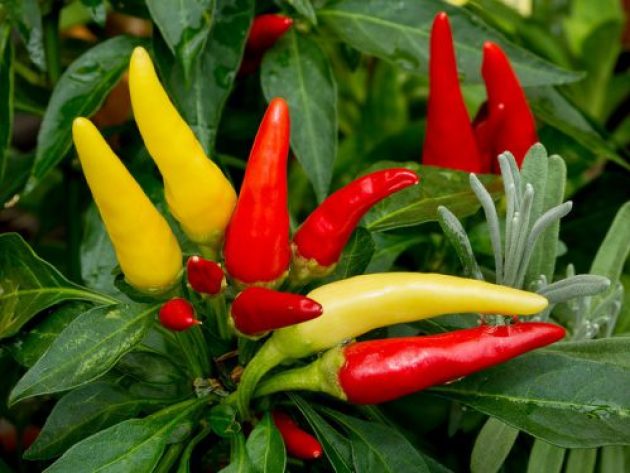

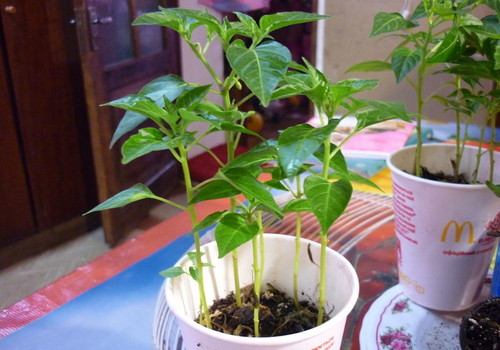
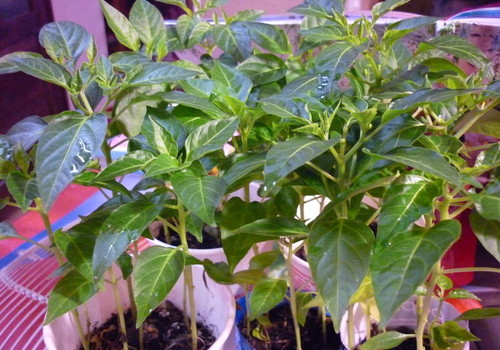
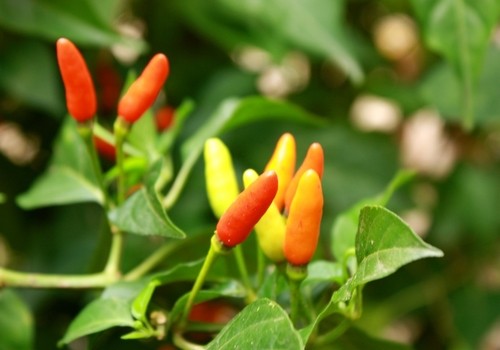
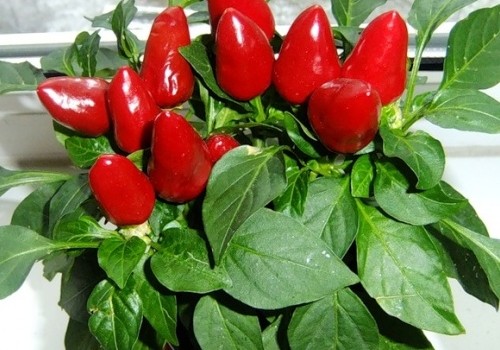













 Start a discussion ...
Start a discussion ...